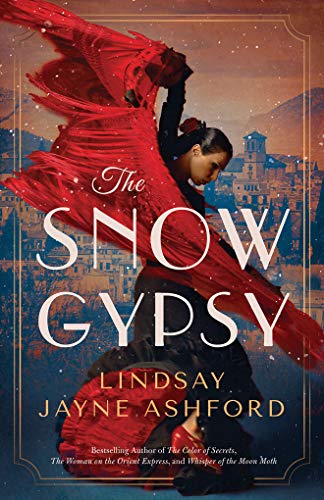The Snow Gypsy
We meet Lola in 1938 toward the end of the Spanish Civil War in the Alpujarra region of Andalusia, Spain. Lola is a part of the gypsy community, and while herding her goats on the slopes of the Sierra Nevada, she hears shots ring out. Her mother and brother, along with several other townspeople, lie dead, while the snow slowly covers their bodies. She hears the cry of a newborn baby – the only survivor. Lola takes the little girl, naming her Nieve, meaning snow, and they make a harrowing escape to safety over the mountains. Fast-forward to 1946, following WWII, when Rose is introduced. Rose has lost her Jewish family members in the Holocaust, but the disappearance of her brother while fighting with the gypsy partisans in the Spanish Civil War continues to haunt her. Just before he disappeared, his letters home told of a gypsy woman he was in love with and his plans to marry. Rose embarks on a trip to Spain with little information to go on in search of answers.
Ashford’s ability to bring the gorgeous landscapes of Las Alpujarras and the Sierra Nevadas to life are the strong points of this novel. Lola earns her living as a flamenco dancer, and the descriptions of her dances sparkle with color and fluidity. But the plot pales in comparison to the prose. It feels predictable, and a convenient coincidence brings Lola and Rose together into the storyline. The history within the story is noteworthy. Gypsy children were forcibly taken from their families to be raised and educated as payos (non-gypsy), and Ashford brings to light the unfair treatment of the gypsies by the Franco regime. This is a novel to be savored for its rich, vivid descriptive writing and its historical setting.










